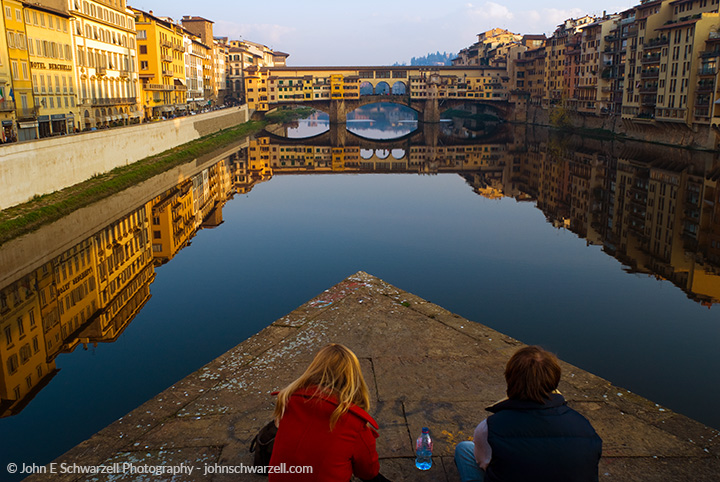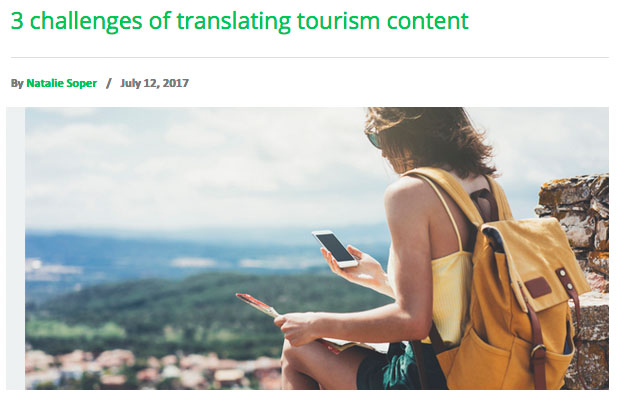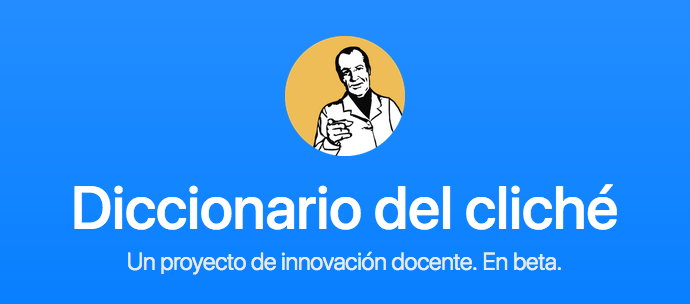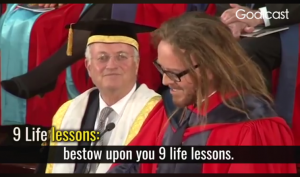Bad translations show very poorly and even rank worse in Google searches. Translation for tourism is no easy feat, and one should work just as hard on a tourism website or travel guide and treat it the same as any other important content. Online automatic translations never provide the intended message properly. These translations appear clunky and mostly incoherent while being too literal. Find out ways to get your message across clearly without ambiguity, appeal to your audience, and enlighten readers while teaching them something about your culture!
Un Diccionario con3,500 Clichés en Español
If you’re struggling to find that particular turn of phrase or you want to make sure you get the right flavor for a cliché or idiom you’re not sure of in Spanish, then you should know about this new beta site and “get your translation ON”:
This site is a “Spanish Clichés or Cliché Phrases in Spanish” Dictionary and claims to have around 3,500 gems you should be aware of and be able to use.
“Los clichés equivalen a salvavidas del idioma, que utilizamos cuando no sabemos qué decir o queremos simplificar una idea de forma eficaz.”
“The featured clichés are equivalent to language lifesavers, which we use when we do not know what to say or we want to simplify an idea effectively.”
When Should a Translator NOT Translate?

What makes language and conversation beautiful? When does NOT translating actually contribute? When does it help to retain a few native words or phrases in your conversation?
When should one leave in a phrase or two; a well-known word or two that captures the essence of the moment, a je ne sais pas, or for some Italians another colloquialism, Non ci piove?
Zack Rogow discusses this in a post and discussion at Intralingo.
Follow along to see what he shares about this topic from his experiences in translation:
https://intralingo.com/when-to-not-translate/



